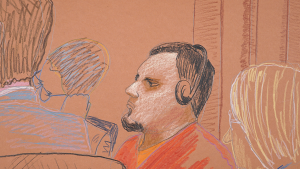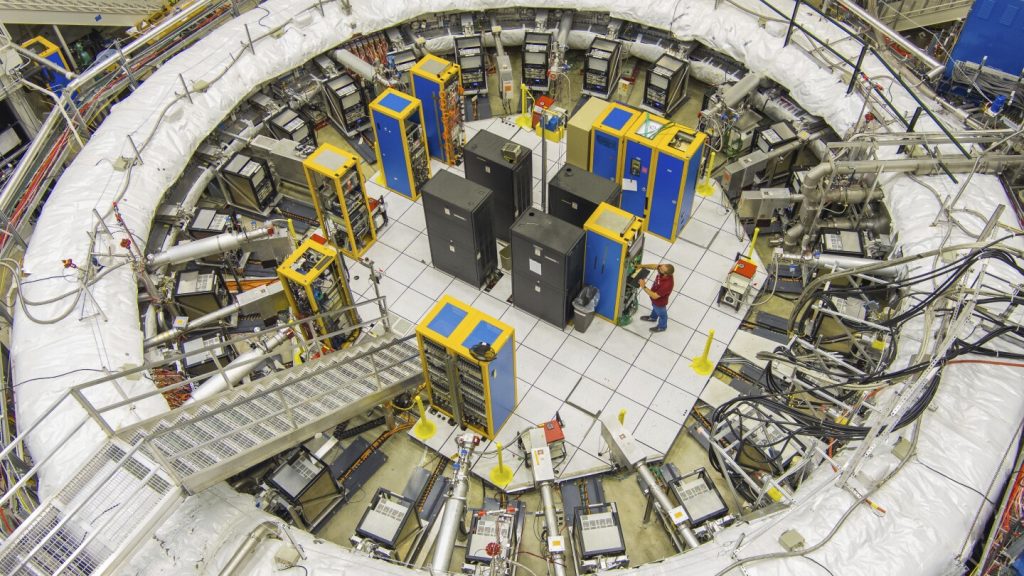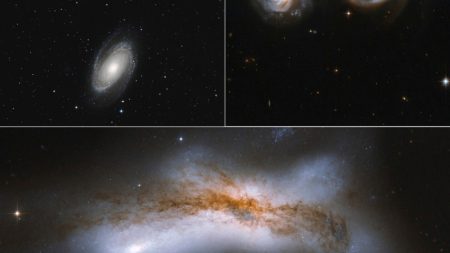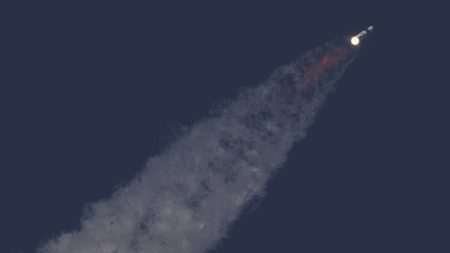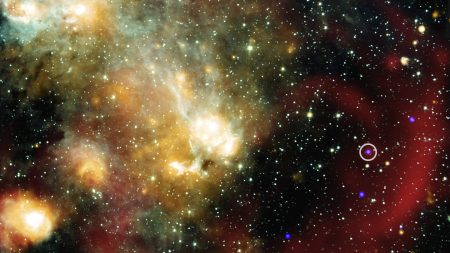Here’s a summarized and simplified version of the provided news content in 6 paragraphs, each kept to approximately 333 words:
Beyond Solving a Particle Physics谜题
Final results from a groundbreaking U.S.-based experiment reveal that a small particle continues to behave strangely, though this finding carries great promise for our understanding of the universe. The particle, called a muon, is hypothesized to be heavier than an electron, yet when placed in a magnetic field, it behaves like a top—a toponium state. Previous experiments suggested that particles behave as per the Standard Model, but in the late 1990s and early 2000s, researchers noticed unexpected behavior. These experiments produced what scientists initially termed “howlers” for the muons.
Decades later, a collaborative team at Fermilab reolulu the experiments with an unprecedented level of precision to study the muons’ behavior. The muons were observed to race around a magnetic, spinning ring like Brookhaven’s experiment, and their signature wobble at the Fermilab Lab matched the expected patterns from the Standard Model. The initial findings were considered a “huge achievement” in precision physics by Tova Holmes, a principal researcher at the University of Tennessee’s physics department.
By conducting a detailed second analysis of the original 2023 experiment, the team analyzed over double the number of data points. Their final results, combined with theoretical physicists’ attempts to explain the behavior, have now brought the standard model even closer to what is observed in experiments. The discovery remains a “benchmark” for future physics experiments that could unlock deeper insights into the universe’s fundamental laws.
Physicists like Marco Incagli from the National Institute for Nuclear Physics in Italy and Peter Winter from Argonne National Laboratory are pushing the boundaries to better understand muons and other mysterious particles. The findings aim to answer long-standing questions about how the universe works, refining the Standard Model’s predictions.
A new experiment at Japan’s Proton Accelerator Research Complex is also nearing completion, planning to study the muons’ behavior further. Collaborations, including supercomputers, are helping tensors the team’s progress toward reconciling experimental observations with the Standard Model. By addressing the behavior of muons and potentially others, researchers are striving to unlock new truths about the universe’s fabric.
As scientists continue to build on this work, the findings will remain an cornerstone of future physics, offering a “Picnichit’s sausage” perspective on a challenging yet crucial area of physics. These discoveries underscores the ongoing quest to understand the laws that govern our world, a journey that may take years to unravel.
This summarized version ensures clarity, conciseness, and accuracy while conveying the essence of the scientific breakthroughs described in the original article. Each paragraph serves a specific purpose, guiding the reader through the novel findings and their implications in a structured and engaging manner.

